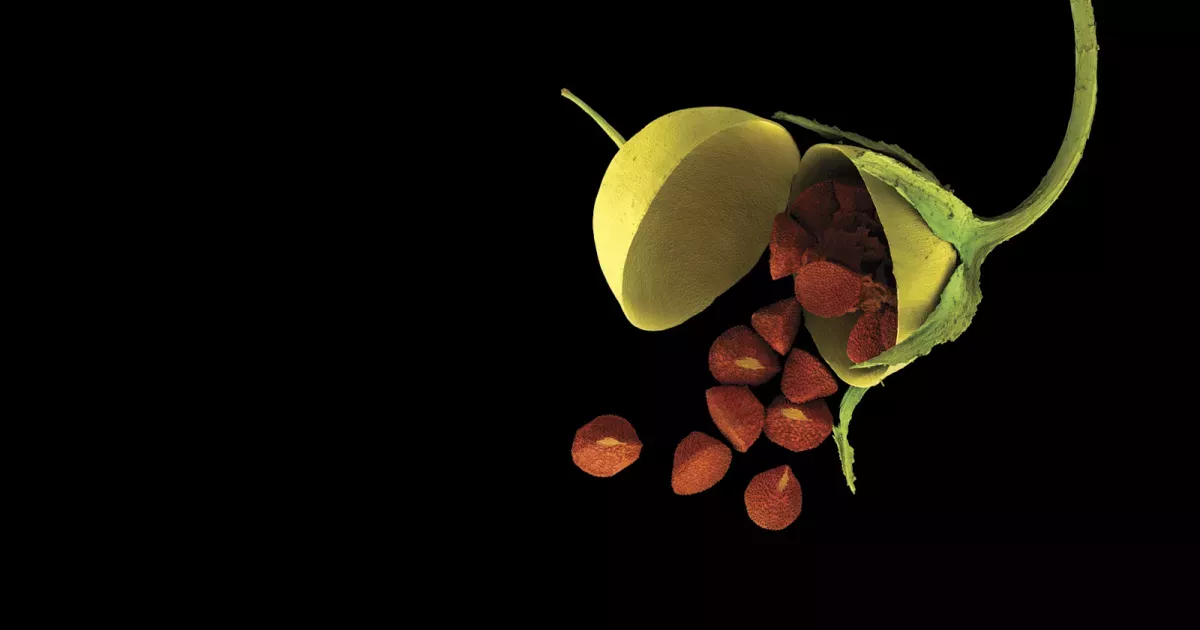Names, taxonomy is a "tedious" discipline. There is a whole archana, regarding the "official" naming of plants. The whole system of scientific names started with Carolus Linnaeus, back in the middle of the 1700's. The system depends on the deposition of a type specimen, with a description of the salient characteristics in an herbarium. Then from the date of the specimen being entered into the herbarium, all future specimens are compared to that particular specimen. The Royal Botanic Gardens at Kew, outside London, UK maintains the lists of officially recognized scientific names of all plants world wide. (or at least that is the goal of their list). What is the correct scientific name for any given species of tree depends on a complex set of rules, all based on precedence. First validly published name (according to rules by IUPAC & Kew) has priority of later names. Revisions are allowed, but must follow "the rules". Needless to say, while the answer may be simple, the why is complicated.
Answer. The correct name for the species of pine native to Japan, Korea & parts of China, known in english as Japanese Black Pine, is
Pinus thunbergii. The name
Pinus thunbergiana, and
Pinus thunbergianum are synonyms but considered invalid names, as they are incorrect modifications rendering to botanical Latin of the name Carl Peter Thunberg (aka Karl Pehr von Thunberg), in whose honor the species was named. Note, in formal written works, the botanical name is italicised, and cultivar names are in normal font, capitalized and in single quotes.
The name Pinus thunbergii applies to all members of the species. The name
Pinus thunbergii 'Kotobuki' is a cultivar name. This name applies only to specimens vegetatively reproduced from one single seedling of JBP. To carry the name 'Kotobuki' the plant must be a clone, a vegetatively reproduced copy from the original plant. In commerce, they are all either grafted trees or air layered trees from the original. The production from seed, means there has been a reassortment of the genetics. If a seed is taken from a cone on a plant of 'Kotobuki' and it is planted, sprouts, this seedling can not be called 'Kotobuki' because when seed is made there is a guaranteed reassortment of the genetics. It may only be labeled Pinus thunbergii. Seedlings may share some traits with their parents, but will not be identical, therefore can not be referred to by the cultivar (clonal) name. Other common cultivars, widely reproduced via grafting, air layering and rarely by cuttings, 'Kyokko Yatsubusa', 'Akame', 'Brocade', 'Taihei', and many more. All are clonal, or cultivar names, they can not be reproduced from seed, as seedlings will always be genetic reassortment. To carry these names, they must be vegetatively reproduced.
Mikawa is a confusing name. It has been used as a clonal name, or cultivar name, which then should be put in single quotes, as above. But it also is a place name in Japan, and in bonsai refers to a landrace of JBP that share a tendency for having coarse, fissured bark. A land race, is a geographic population, or a geographic ecotype and as such can be reproduced by seed. When used as a land race name, no quote marks are needed. To make it clear, you would write
Pinus thunbergii from Mikawa, or
Pinus thunbergii Mikawa landrace, or
Pinus thunbergii Mikawa ecotype. This is all a bit detailed, but you asked the question. It is fine to use shorthand in casual conversation, and skip some of the formality of the names system, but if possible, to make it clear to others, one should at least once in a thread, use the correct botanical name including the cultivar names if relevant or landrace, or ecotype information if relevant. After the first use of the formal name JBP is good enough in my book.
References:
the links for the "official lists of names" are found on this page of the RHS at Kew website.
Explore our data and resources for a wide range of plant and fungal information.

www.kew.org
somewhat similar to Kew, but focused only on USA is this list.

plants.usda.gov

